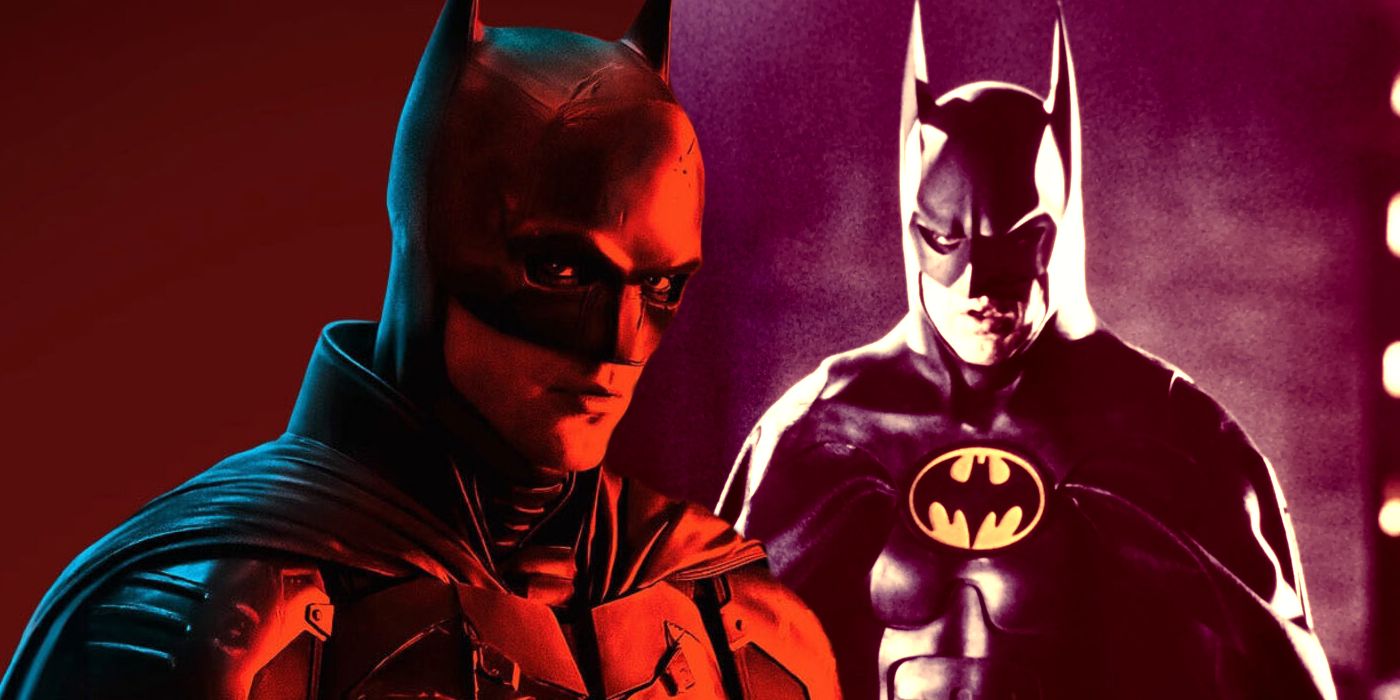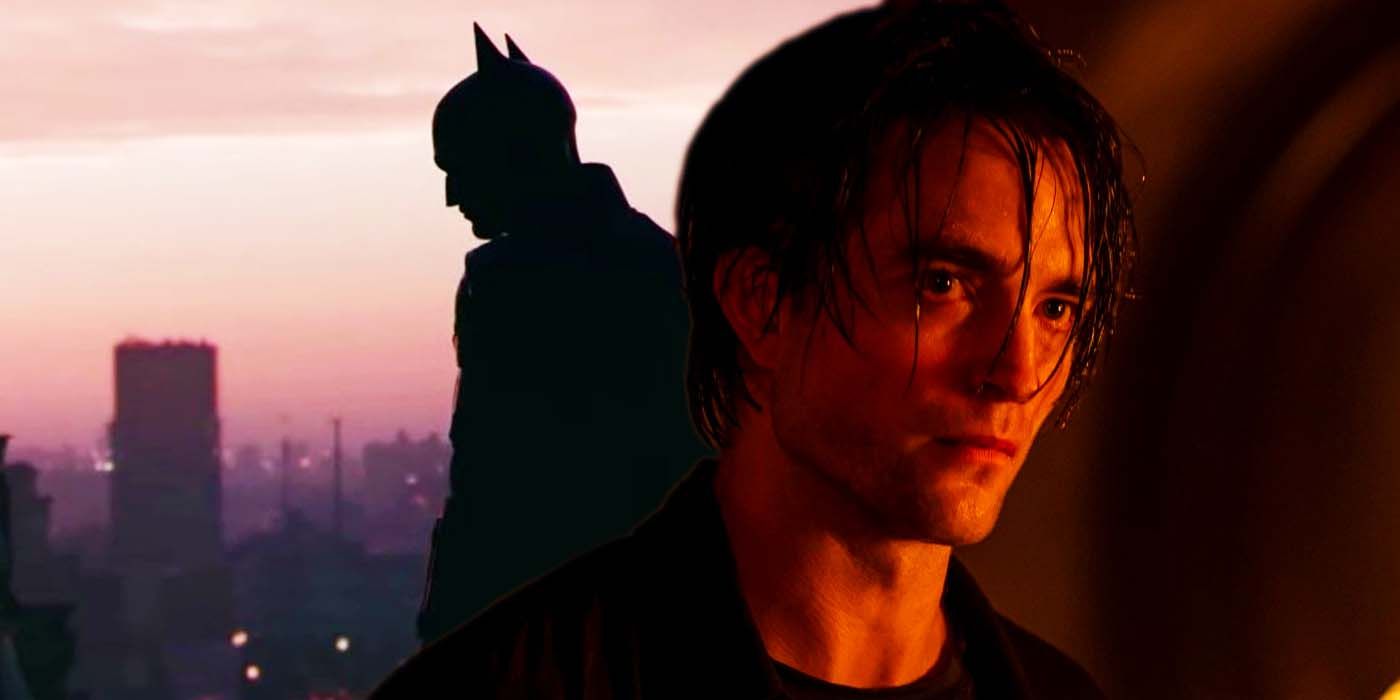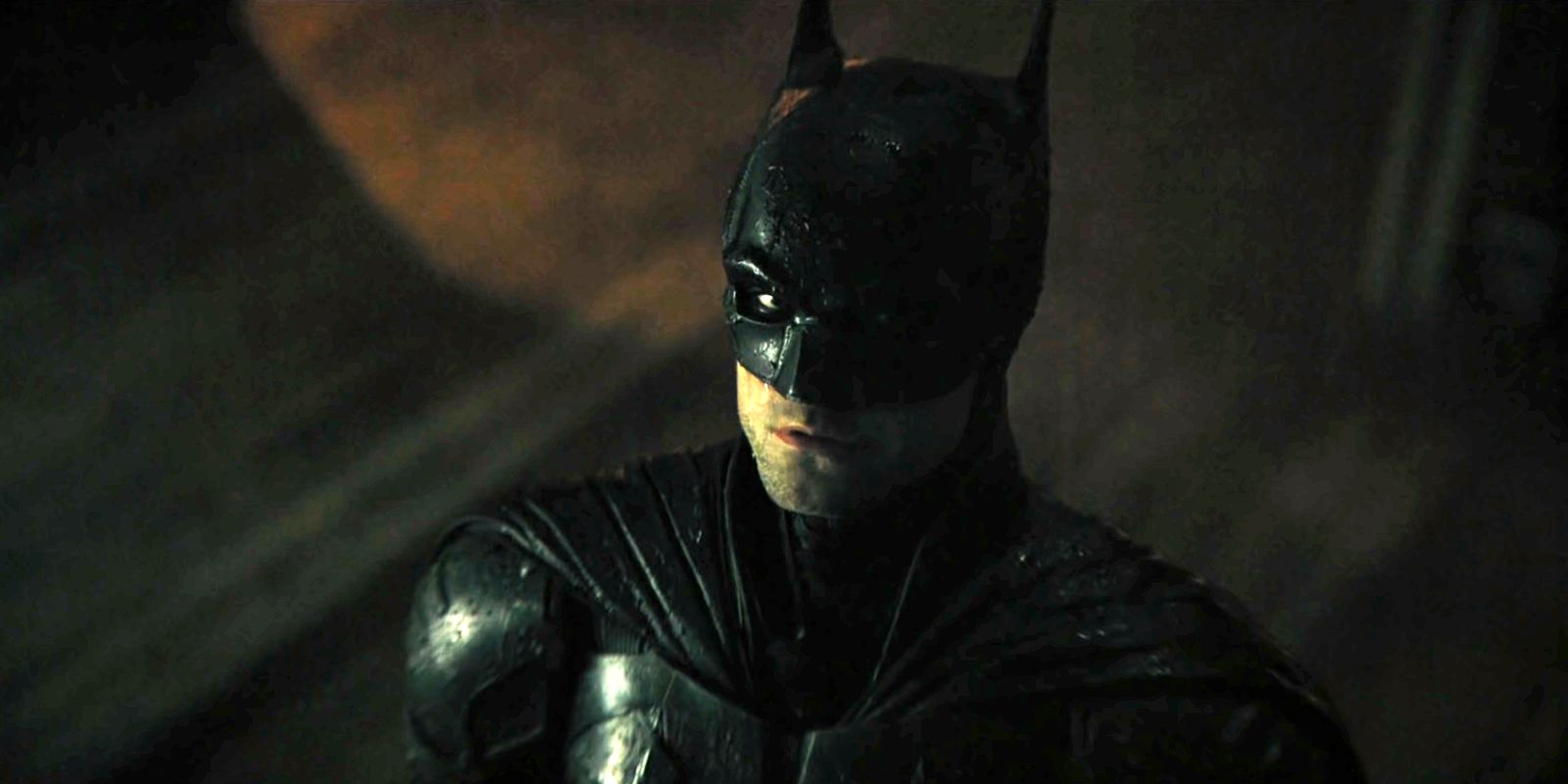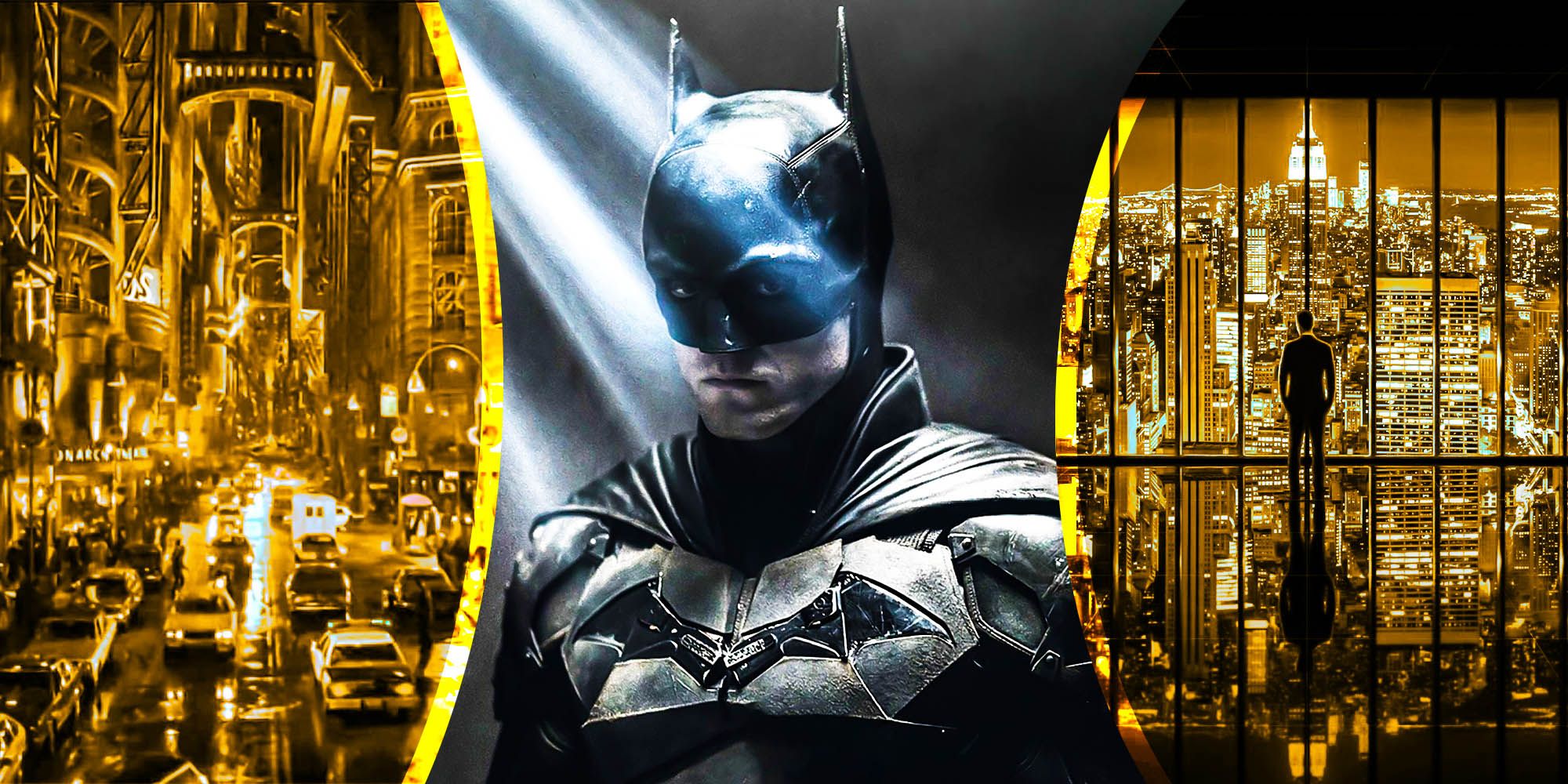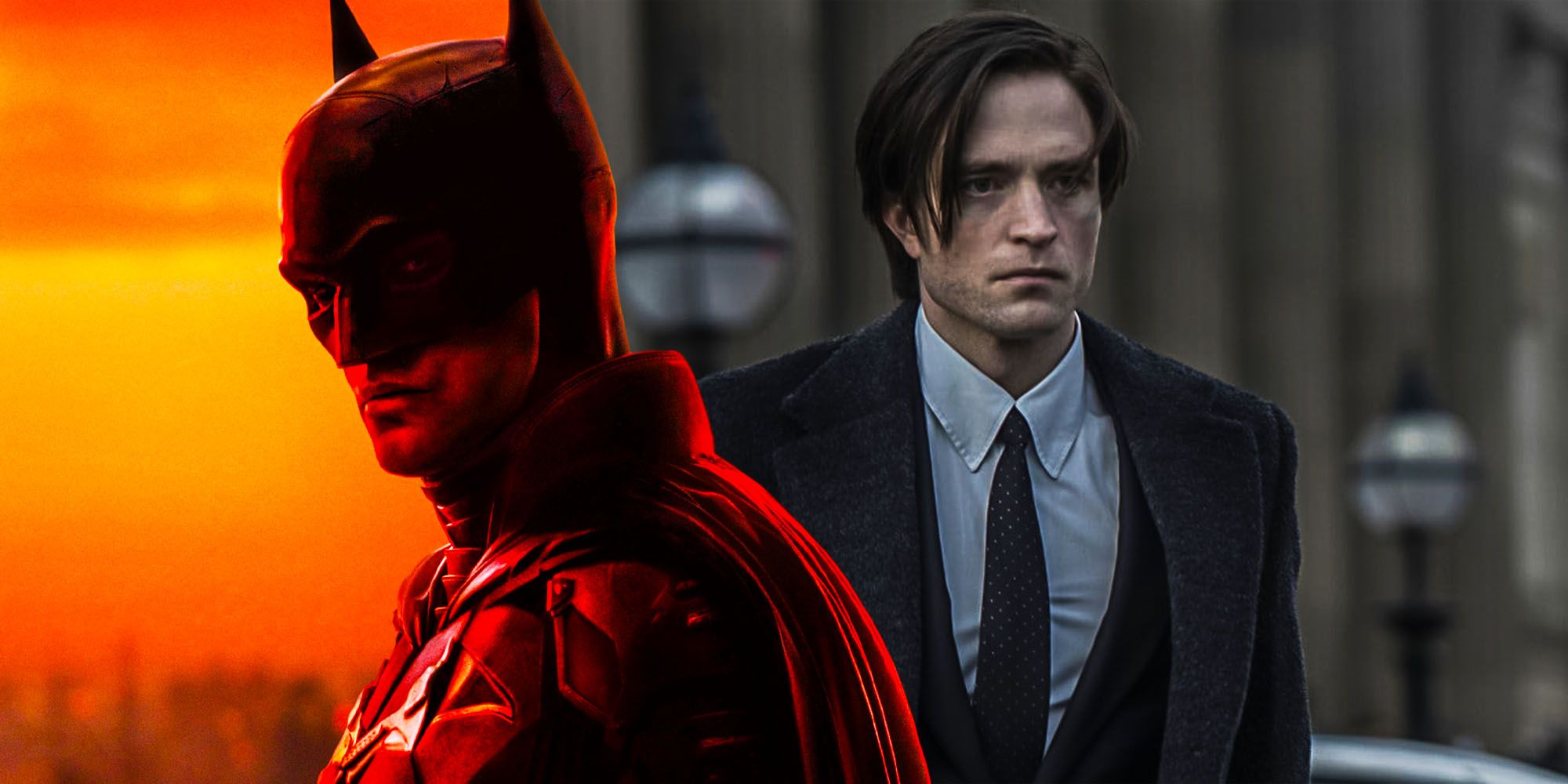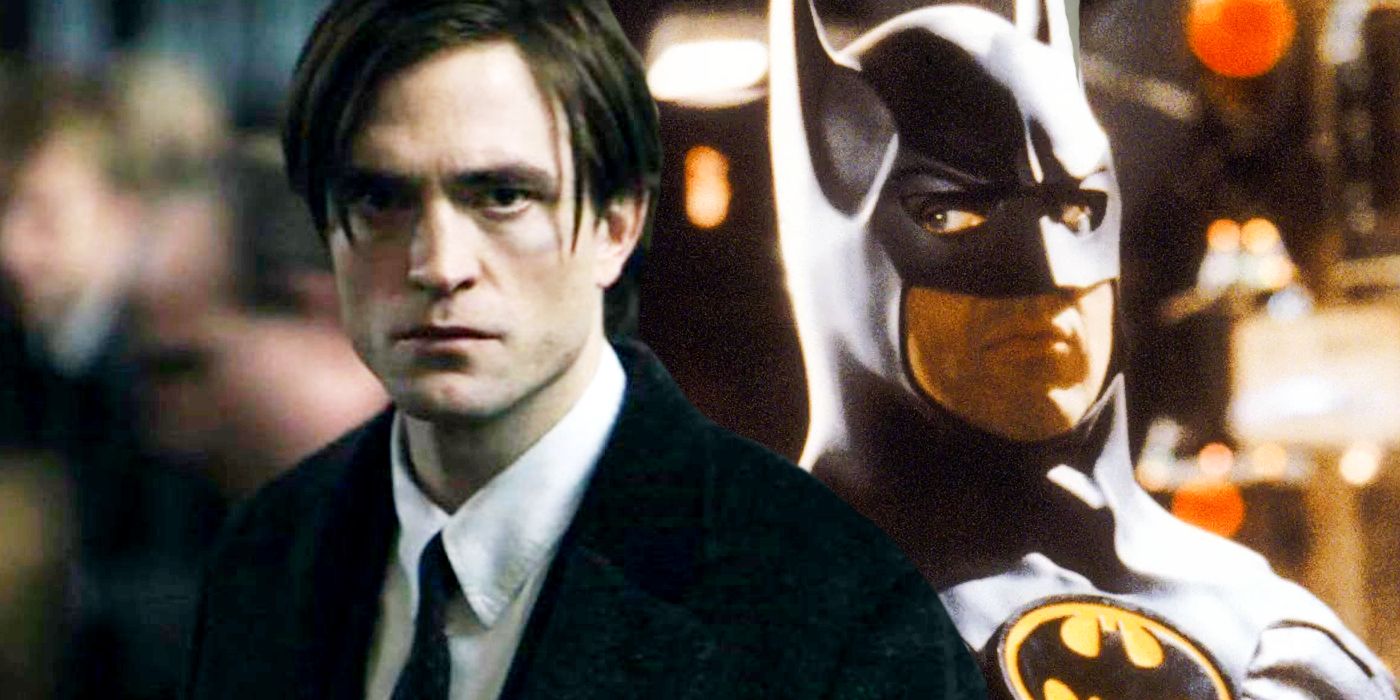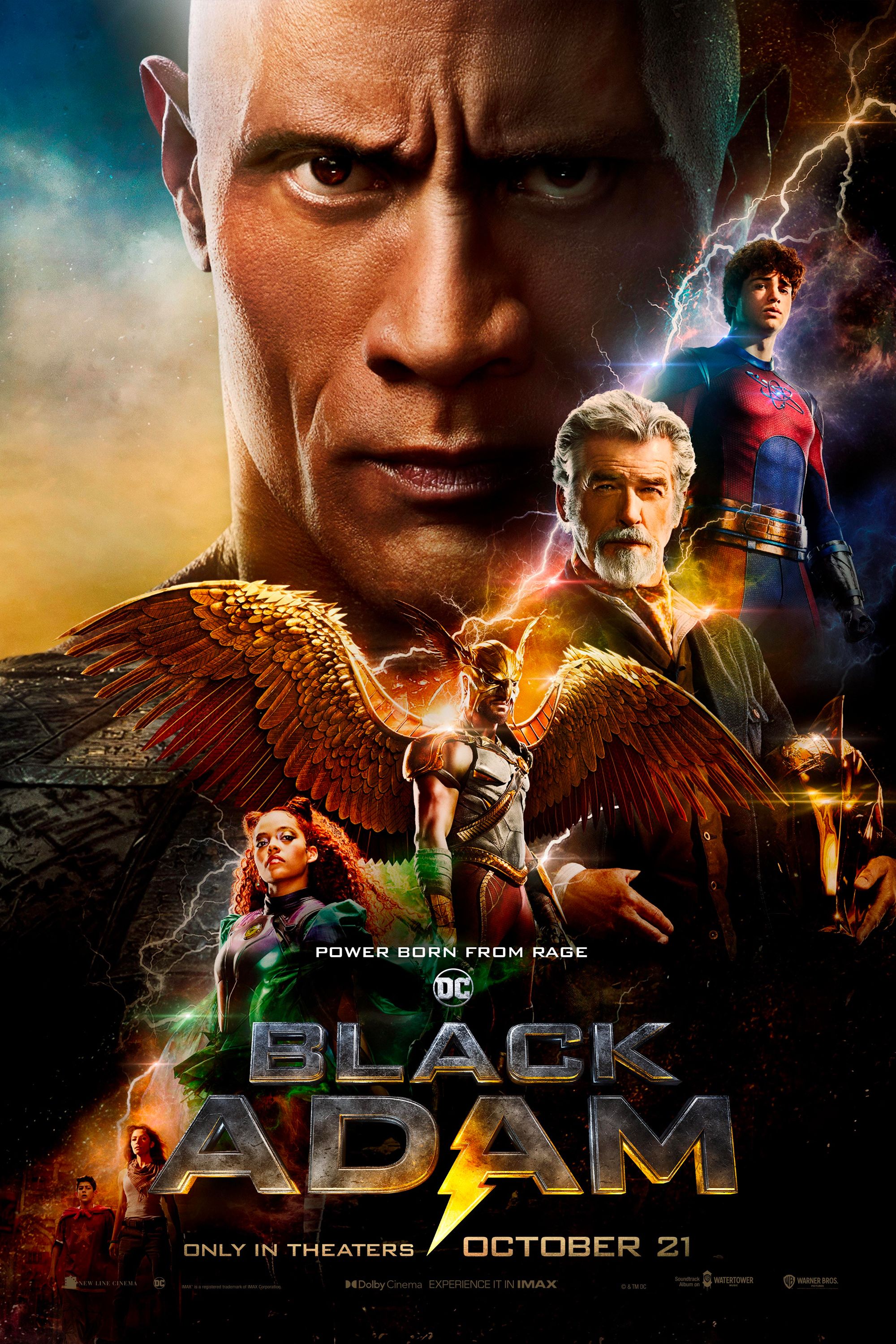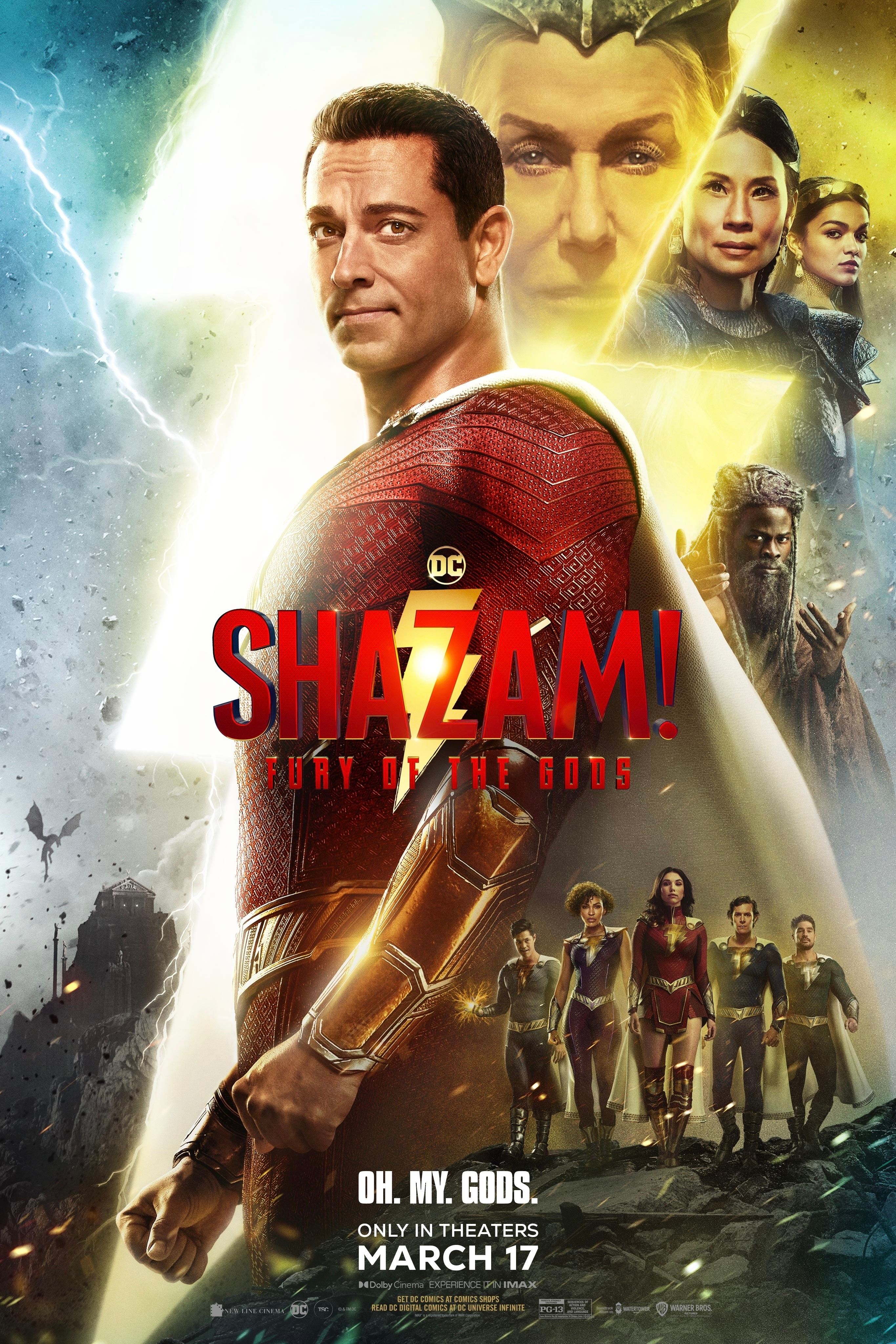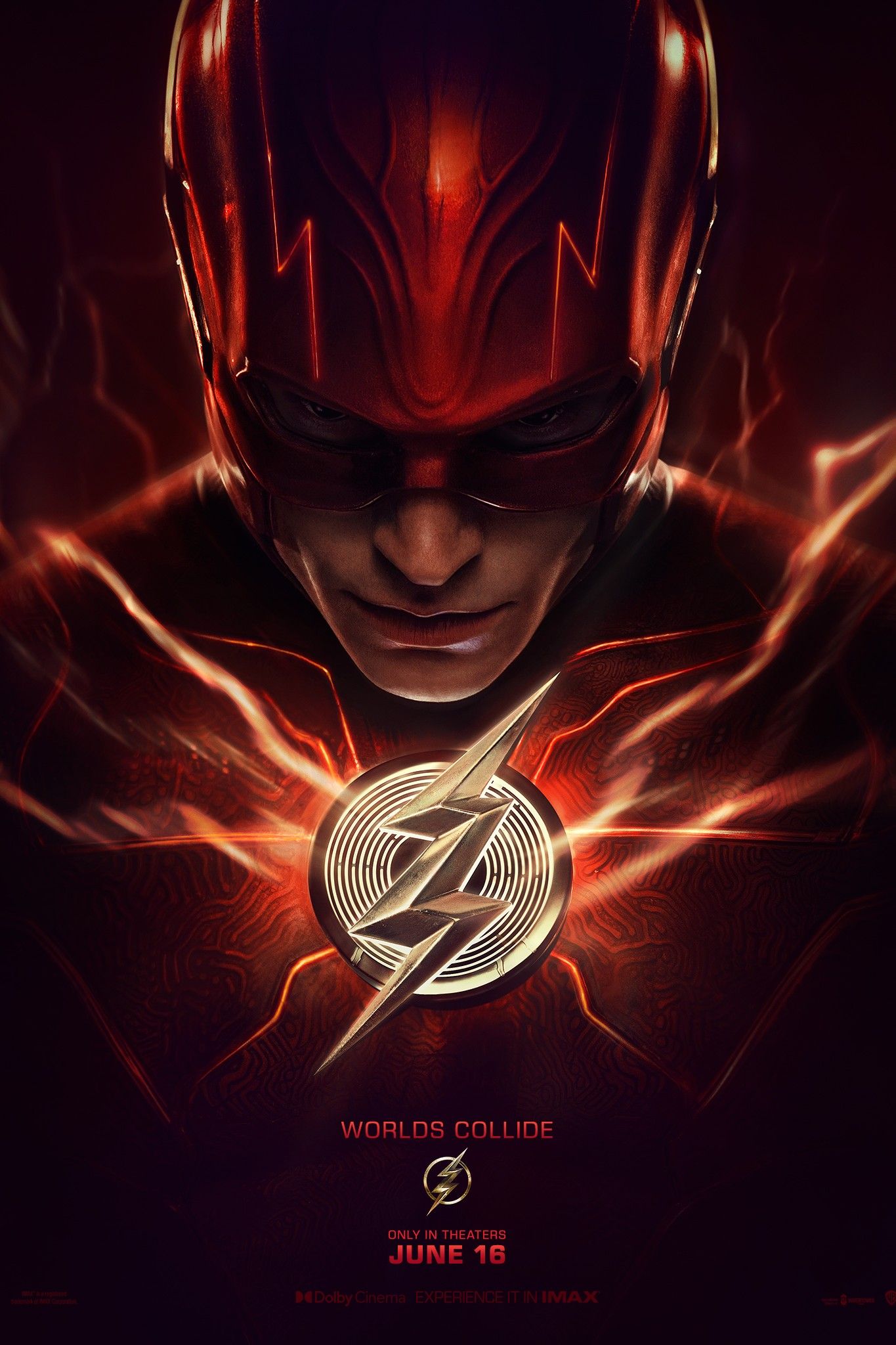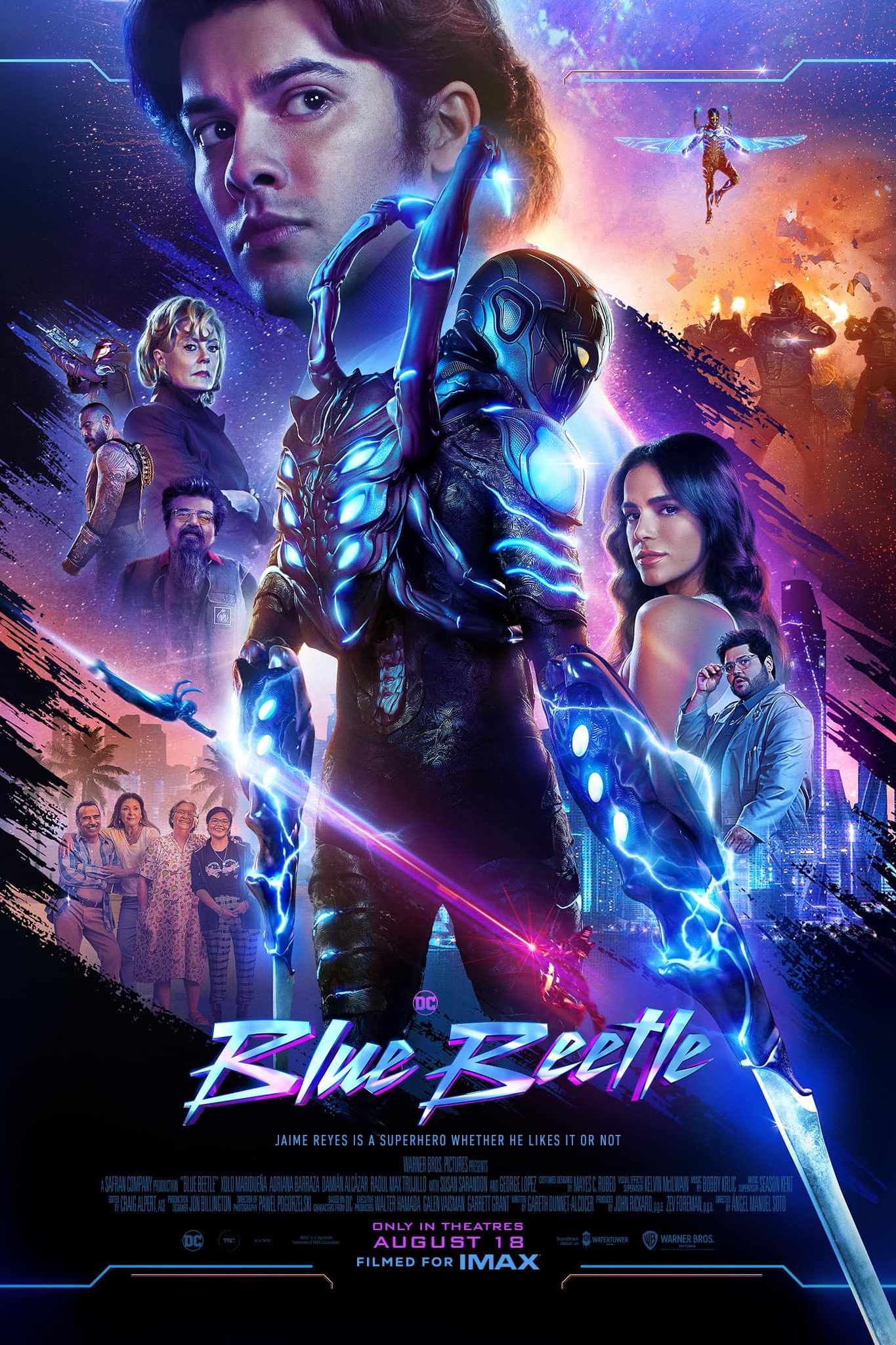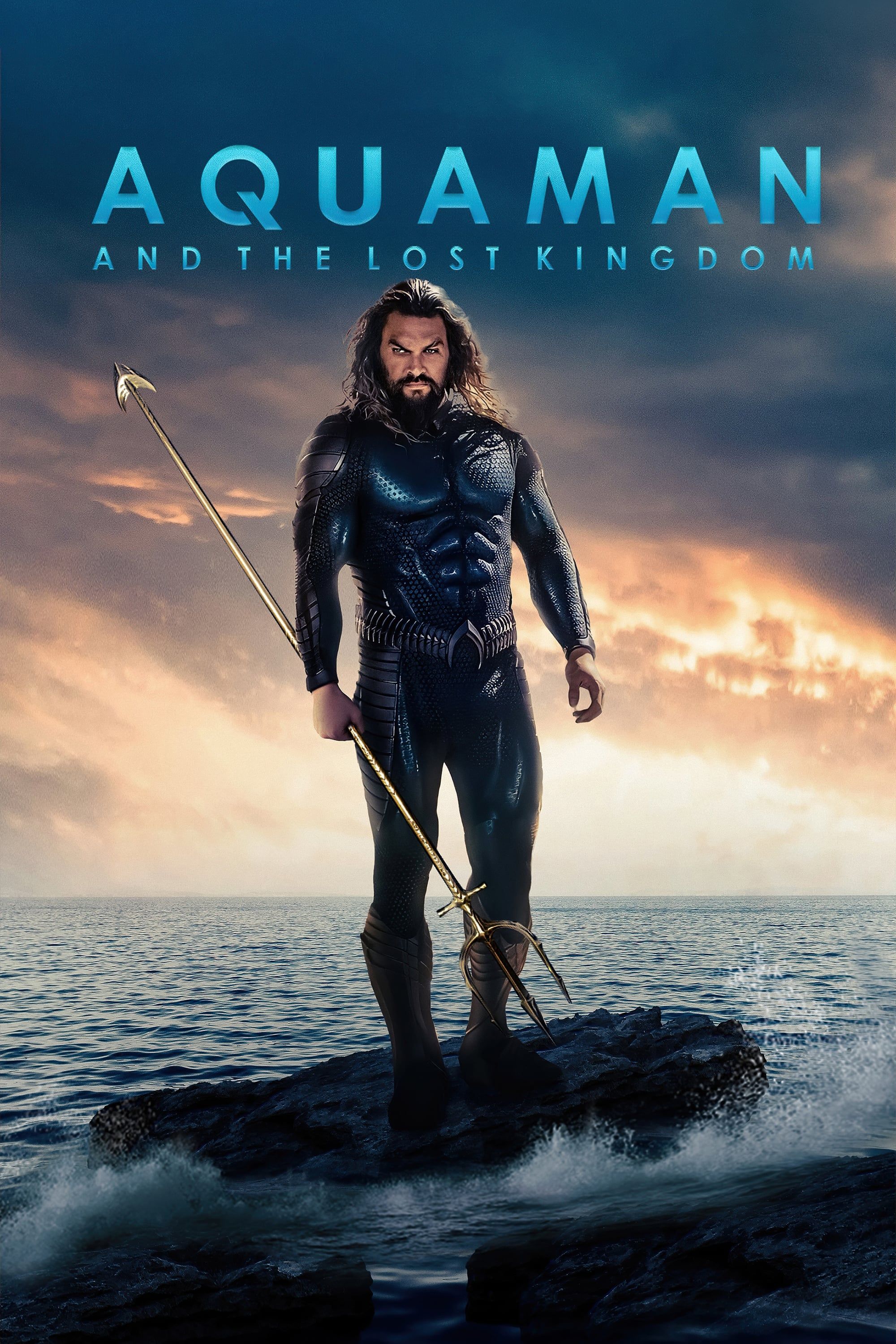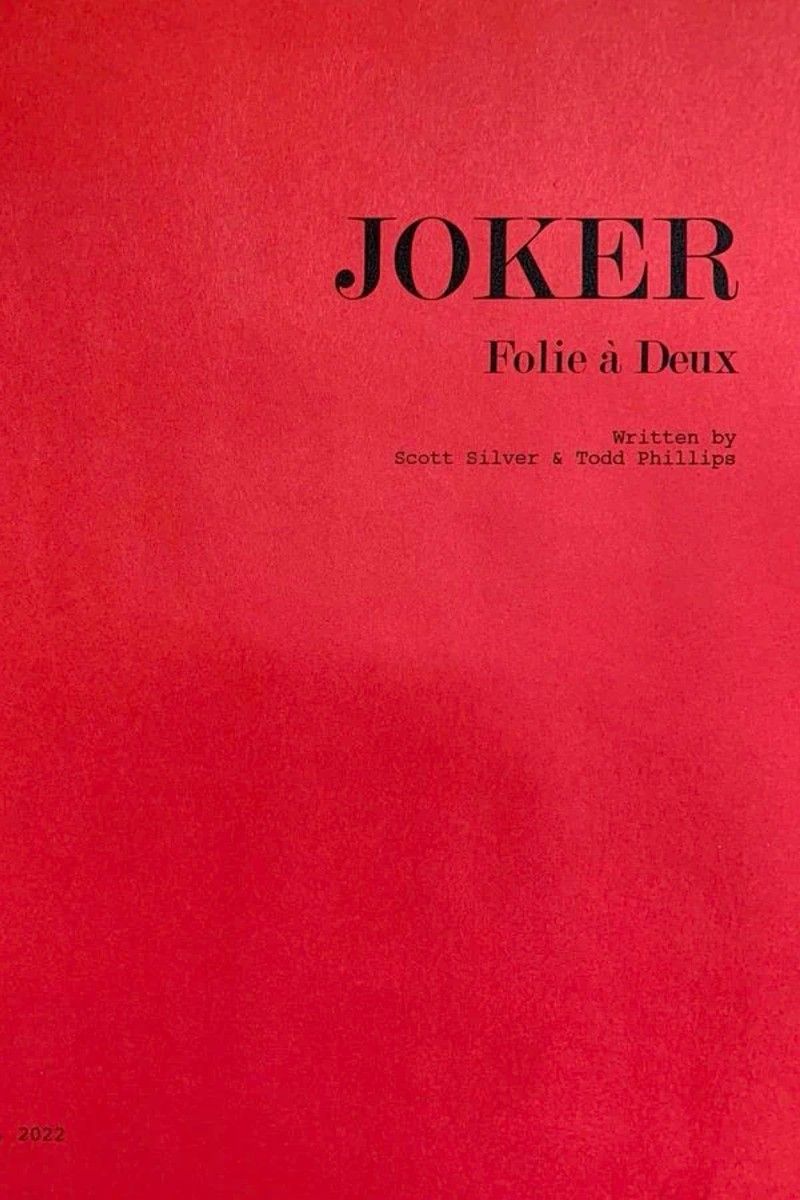Though he may appear to have more in common with Christian Bale's version, Robert Pattinson's vigilante in The Batman actually seems to have been more heavily inspired by Michael Keaton's incarnation of the hero. Batman is one of the most iconic characters in all pop culture, and his cinematic history is more storied than perhaps any other hero. In the many decades since he was first conceived, Batman has appeared many times in film, and has undergone a staggering amount of transformation as a result.
One interesting take on the character came in Matt Reeves The Batman, in which Robert Pattinson donned the famous cape and cowl. Reeves' movie was a grounded and gritty representation of the established Batman story, pitting its Batman against the Riddler and his plan to expose corruption in Gotham by murdering corrupt city officials. The Batman's story made it as much a noir thriller as it was a superhero movie, with Reeves' film being one of the freshest takes on the character in a long time.
The grounded nature of Reeves' Gotham City and The Batman's characters prompted significant comparisons with Christopher Nolan's Dark Knight trilogy, which also adopted a more realistic tone for its own Batman story. However, upon closer examination of The Batman and the way it characterizes its hero, Pattinson's vigilante actually has far more in common with Michael Keaton's version from Tim Burton's 1989 movie, Batman. Though Robert Pattinson's may seem closer in tone to Christian Bale's Batman, he actually shared a great deal with Keaton's hero - particularly in regard to the character's place in his story and the overall path he follows.
The Batman Doesn't Directly Adapt Batman's Origin Story
One of the crucial differences between Pattinson's Batman and Christian Bale's is that the former doesn't transform into the hero in his debut. The Batman's story follows the vigilante during his second year in the cowl, whereas Batman Begins establishes the hero's childhood and origins as a crimefighter. Instead of rehashing Batman's well-known backstory, Matt Reeves chose instead not to show Thomas and Martha Wayne's murder, but merely follow the implications of it within The Batman's plot.
Not only does this distinction separate Robert Pattinson's Batman from Christian Bale's, but it creates a connection with Michael Keaton's. The Batman introduced in Tim Burton's film is also already established as a vigilante, making both Reeves' The Batman and Burton's Batman similar in regard to their entry point into the character's story. Both films touch on the mystery of the Waynes' murderer's identity as a major plot point, but neither one goes to great lengths to establish the methods of Batman's training in order to make the vigilante's transformation seem more realistic. This is one of the most obvious ways that Pattinson's Batman is more like Keaton's than Bale's, and it's also one of the most important.
The Way The Batman Establishes Its Hero Copies Keaton's Introduction
The way in which Robert Pattinson's and Michael Keaton's Batman are respectively introduced is eerily similar, too. The Batman sees sets of criminals operating in fear of the vigilante, with a final group set upon by Batman, who appears from the shadows. Pattinson's Batman strikes fear into the hearts of the criminals by beating them senseless - in one scene, the hero is shown as being skilled at both physical combat and psychological tactics when pursuing criminals.
This is essentially a direct copy of the way that Tim Burton introduced Michael Keaton's Batman. Keaton's Batman also appears for the first time from the shadows, where he descends upon a group of criminals, physically overpowering them as they cower in fear of the legendary vigilante. Both Batman introductions serve as openings that establish their version of the hero as a feared and legendary figure in Gotham's underworld, then having him appear to confirm his existence to frightened criminals, thus creating another vital parallel between Pattinson and Keaton's versions of Batman.
The Batman's Gotham Is More Like Burton's Than Nolan's
Over the course of Christopher Nolan's Dark Knight trilogy, his Gotham City changed a lot. In Batman Begins, it was beset by urban decay, but The Dark Knight saw the city looking more polished and affluent. Tim Burton's Gotham City, on the other hand, was a dark and quirky city, filled with bizarre twists and turns and countless seedy back allies for Gotham's criminals to operate in.
In this, The Batman's Gotham is far more like Burton's. Christopher Nolan's version of the city felt like a city that was designed to evolve to suit the story and the tone of the film, whereas Burton's felt more like a dark and gothic character of its very own. This is a similar atmosphere to the one Reeves' conjured with The Batman: Pattinson's Batman exists in a Gotham that's dark and filled with an inherent eerieness, one that makes the more fantastical elements of the Caped Crusader feel possible even alongside the film's grounded narrative.
The Batman's Story Is A Realistic Version Of Burton's Movie
There are also narrative parallels between The Batman and Batman. Both feature their respective heroes at relatively early stages in their career, and neither choose to explore the specific origins of the Dark Knight. They both document their respective heroes' first encounter with a true villain: The Batman has the Riddler and Batman has Jack Nicholson's iconic Joker. In both films, Batman is forced to push himself harder than ever before in order to stop his new enemy - but the similarities don't end there.
Both The Batman and Batman see their titular vigilante confront a criminal that happens to be responsible for his parents' murder. Both movies primarily focus on Batman's self-image and his reluctance to become a true symbol of hope, and both movies end with Batman's triumph over the villain inspiring the city enough for him to be celebrated as a true hero. The narrative parallels between The Batman and Batman speak for themselves, with the former's commitment to realism being the biggest difference between the two.
Why It's Better For Pattinson To Follow Keaton Than Bale
Ultimately, it was better for Robert Pattinson's Batman to follow Michael Keaton's, because Keaton's explored ideas that worked better for Reeves' vision. Christopher Nolan's movies explored the duality of Bruce Wayne and Batman, with the hero and the man at odds with one another throughout the trilogy. Keaton's Batman was always presented as the true identity, with Bruce Wayne simply his disguise, and that's something that Matt Reeves then used to excellent effect in The Batman.
The Batman also employed a gothic tone that resonates with Burton's movie, drawing a subtle tonal parallel between the two versions of the hero. If The Batman had more closely followed the template of Nolan's Dark Knight trilogy, it almost certainly would have seemed like plagiarism, but the combination of dark gothicism and gritty realism made The Batman work brilliantly as an original continuation of the ideas first explored by Michael Keaton's Batman. By having Robert Pattinson's eponymous vigilante in The Batman draw subtle parallels with Michael Keaton's version rather than the more obviously compatible Christian Bale version, Matt Reeves secured the success of his new iteration of the hero.

